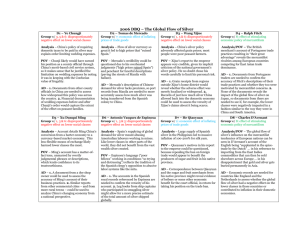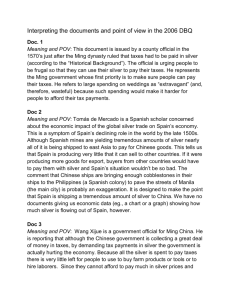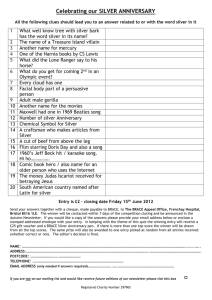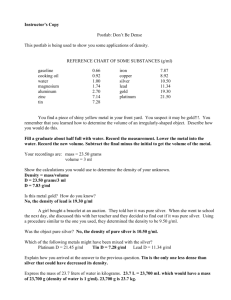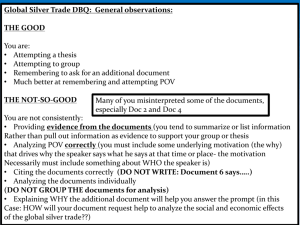Document Summaries
advertisement
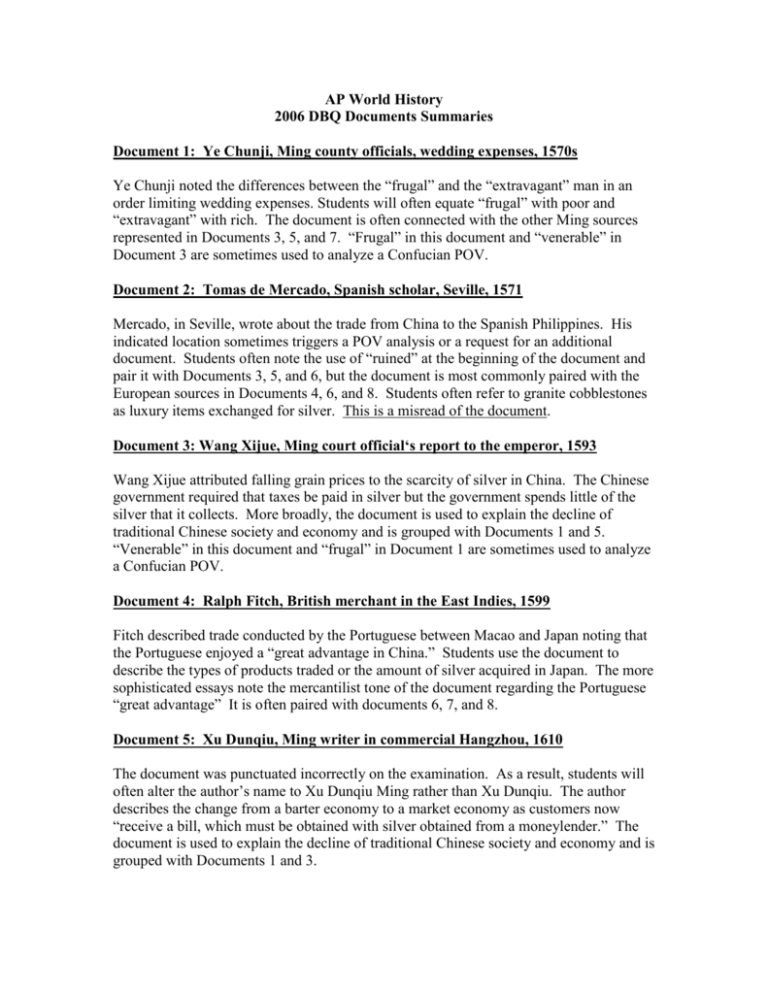
AP World History 2006 DBQ Documents Summaries Document 1: Ye Chunji, Ming county officials, wedding expenses, 1570s Ye Chunji noted the differences between the “frugal” and the “extravagant” man in an order limiting wedding expenses. Students will often equate “frugal” with poor and “extravagant” with rich. The document is often connected with the other Ming sources represented in Documents 3, 5, and 7. “Frugal” in this document and “venerable” in Document 3 are sometimes used to analyze a Confucian POV. Document 2: Tomas de Mercado, Spanish scholar, Seville, 1571 Mercado, in Seville, wrote about the trade from China to the Spanish Philippines. His indicated location sometimes triggers a POV analysis or a request for an additional document. Students often note the use of “ruined” at the beginning of the document and pair it with Documents 3, 5, and 6, but the document is most commonly paired with the European sources in Documents 4, 6, and 8. Students often refer to granite cobblestones as luxury items exchanged for silver. This is a misread of the document. Document 3: Wang Xijue, Ming court official‘s report to the emperor, 1593 Wang Xijue attributed falling grain prices to the scarcity of silver in China. The Chinese government required that taxes be paid in silver but the government spends little of the silver that it collects. More broadly, the document is used to explain the decline of traditional Chinese society and economy and is grouped with Documents 1 and 5. “Venerable” in this document and “frugal” in Document 1 are sometimes used to analyze a Confucian POV. Document 4: Ralph Fitch, British merchant in the East Indies, 1599 Fitch described trade conducted by the Portuguese between Macao and Japan noting that the Portuguese enjoyed a “great advantage in China.” Students use the document to describe the types of products traded or the amount of silver acquired in Japan. The more sophisticated essays note the mercantilist tone of the document regarding the Portuguese “great advantage” It is often paired with documents 6, 7, and 8. Document 5: Xu Dunqiu, Ming writer in commercial Hangzhou, 1610 The document was punctuated incorrectly on the examination. As a result, students will often alter the author’s name to Xu Dunqiu Ming rather than Xu Dunqiu. The author describes the change from a barter economy to a market economy as customers now “receive a bill, which must be obtained with silver obtained from a moneylender.” The document is used to explain the decline of traditional Chinese society and economy and is grouped with Documents 1 and 3. Document 6: Antonia Vázquez de Espinosa, Spanish priest, 1620s Espinosa described the impact of the silver trade on the “Indians” while providing general economic information. Students often note the negative effect of the silver trade on the Indians and sometimes group this document with Documents 1, 3, and 5 to demonstrate the social effects of the silver trade. An additional grouping includes Documents 4, 7, and 8 regarding trade. Student attempting POV will generally use this document noting the views of a Spaniard, a priest, or more importantly a Spanish priest. This POV is often cued by Espinosa’s use of the term “poor fellows.” Document 7: He Qiaoyuan, Ming official on resuming foreign trade ban, 1630 He Qiaoyuan reported the inflated price of Chinese products in the Philippines. Students will often connect the document to Documents 4 and 8. The more sophisticated essays note that this document when taken with the other Ming documents illustrates changeover-time in the sense of China moving away from its traditional ideas about the economy and trade. Document 8: Charles D’Avenant, English scholar on trade restrictions, 1697 D’Avenant described the English position on trade in 1697. While noting that the demand for luxury goods remains high, D’Avenant is concerned about the amount of silver that is leaving the country to be “buried” in China. Sophisticated essays are making use of the document to discuss mercantilism and the English view of trade during the time period. There are some POV discussions noting that the author is English and a scholar. The document is often paired with Document 4 in a trade discussion.
